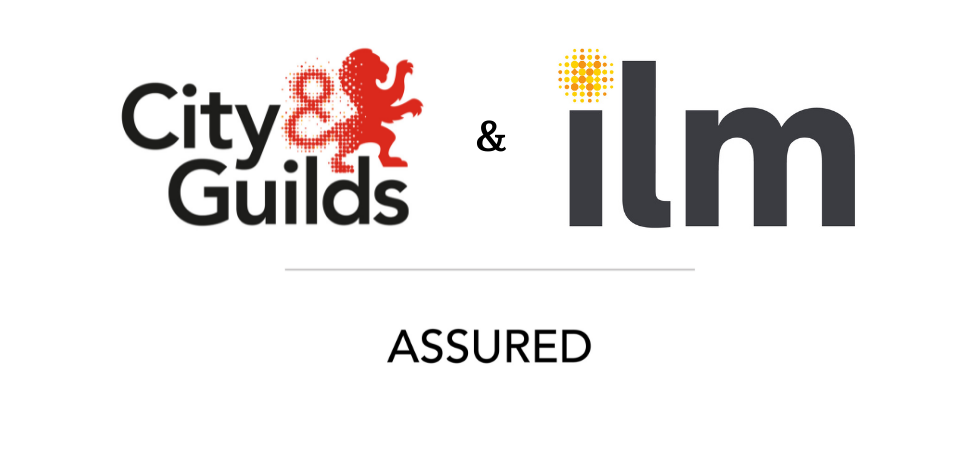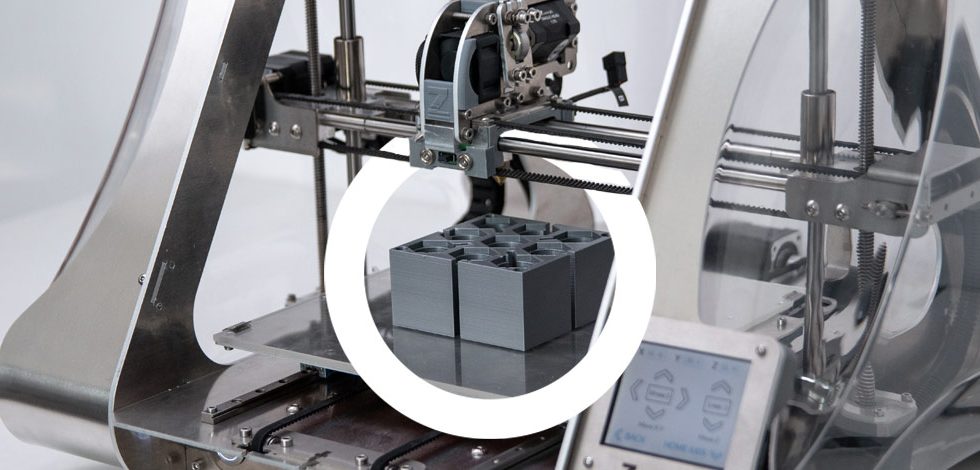Education Technology (EdTech) is a rapidly growing field, with investment in EdTech rising by 91% in 2019 and new fields of research developing, such as mobile-assisted language learning (MALL), to support the rapidly growing market for on-demand, engaging learning technologies.
For instance, in 2019, 4 out of 5 teachers reported using some form of education technology in their lessons in the classroom. This is compared to just 1 out of 5 in 2010, while, outside the classroom, education mobile apps accounted for 10% of sales on the Apple App Store.
The sudden onset of the pandemic only served to stimulate an already expanding sector. In fact, the exponential growth in EdTech over the pandemic has been so significant that last year, the Edtech Advisory Forum called for the creation of the Office for EdTech and Digital Skills within the Department for Education (DfE).
To continue driving innovation in the EdTech sector, the DfE has unveiled a £4.6 million funding programme to develop new EdTech solutions for schooling. These range from tailored learning, to motivation and engagement, as well as learning management systems (LMS) to aid timetabling and grading.
AI and adaptive learning
EdTech has a unique ability to combine pedagogical techniques and cognitive neuroscience, such as spaced repetition and dual-coding theory, with artificial intelligence (AI) and machine learning to tailor learning to users. However, innovation in AI in EdTech is still substantially behind AI in other fields like medicine.
Despite this, AI in EdTech has a profoundly positive effect. Algorithmic mapping of a learner’s progress onto recall and memory-curve data enables users to be directed to content that is most at risk of being forgotten. Similarly, studies comparing Century Tech’s AI-based adaptive learning to traditional learning styles showed substantially higher scores in nearly all adaptive learning users.
Machine learning analytics can also apply to mid-learning. North Carolina State University researchers developed a learning platform that analyses eye-tracking and facial expressions to predict learning and post-test performance. Additionally, real-time reporting and dashboards can track progress, providing immediate feedback and motivational messaging to users.
Motivation in a digital environment
Motivation is a proven key driver for student success. Even the style of motivation an e-learning platform uses directly impacts the success of a learner’s learning. Recent research by UCL and Up Learn found that learners respond better to mastery approach notification messages, such as ‘Aim to master this module’, than they do to performance-approach messaging, such as ‘Aim to be the best in your class’.
Likewise, it’s not only the style of messaging which can impact a learner’s mastery of a subject. Duolingo recently published a novel algorithm developed by their engineers to optimise mobile push notifications, increasing the number of daily users engaged in their learning.
Obtaining and retaining a learner’s interest is hardly a walk in the park when users have access to readily available content all the time in the palm of their hand. High user engagement is considered a sign of active learning, and many EdTech platforms are undertaking innovation in gamification to achieve this.
The University of Hong Kong recently found a moderately positive effect on the use of gamification on learner performance, partly due to the immediate positive feedback loop. Similarly, a review of the game-based e-learning platform Kahoot displayed that use of the platform caused a more than 50% increase in learning outcomes in higher education.
Big data & EdTech
An additional benefit of EdTech is the emergence of big data in the education sector – a key aspect of innovation that is currently lacking compared to other science and technology industries. Big data has the potential to transform the learning experience by modelling user behaviour and performance.
Early indicators of the use of big data in e-learning are positive, and use is often accessible via a Learning Management System (LMS). For instance, completion rates and assessment scores enable analysis of the efficiency of the learning tool, while progress metrics offer insight into learning behaviours. Implementation of this data can further tailor and improve the learning platform.
Docebo has suggested that big data is on the edge of revolutionising the EdTech sector and forever improving how users learn in the e-learning sphere. It is clear that, whichever strategy EdTech companies take, innovation will thrive.













No Comments